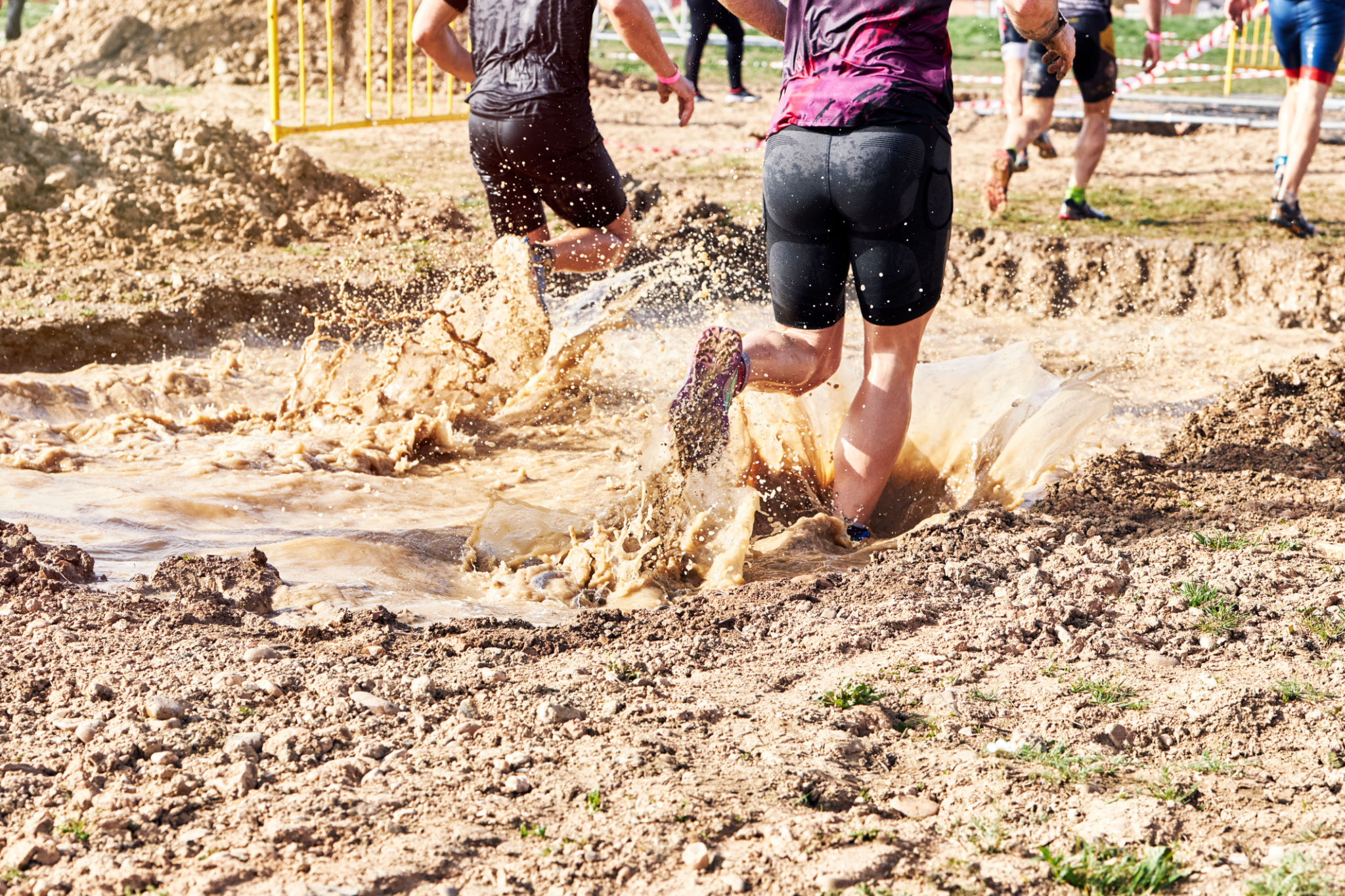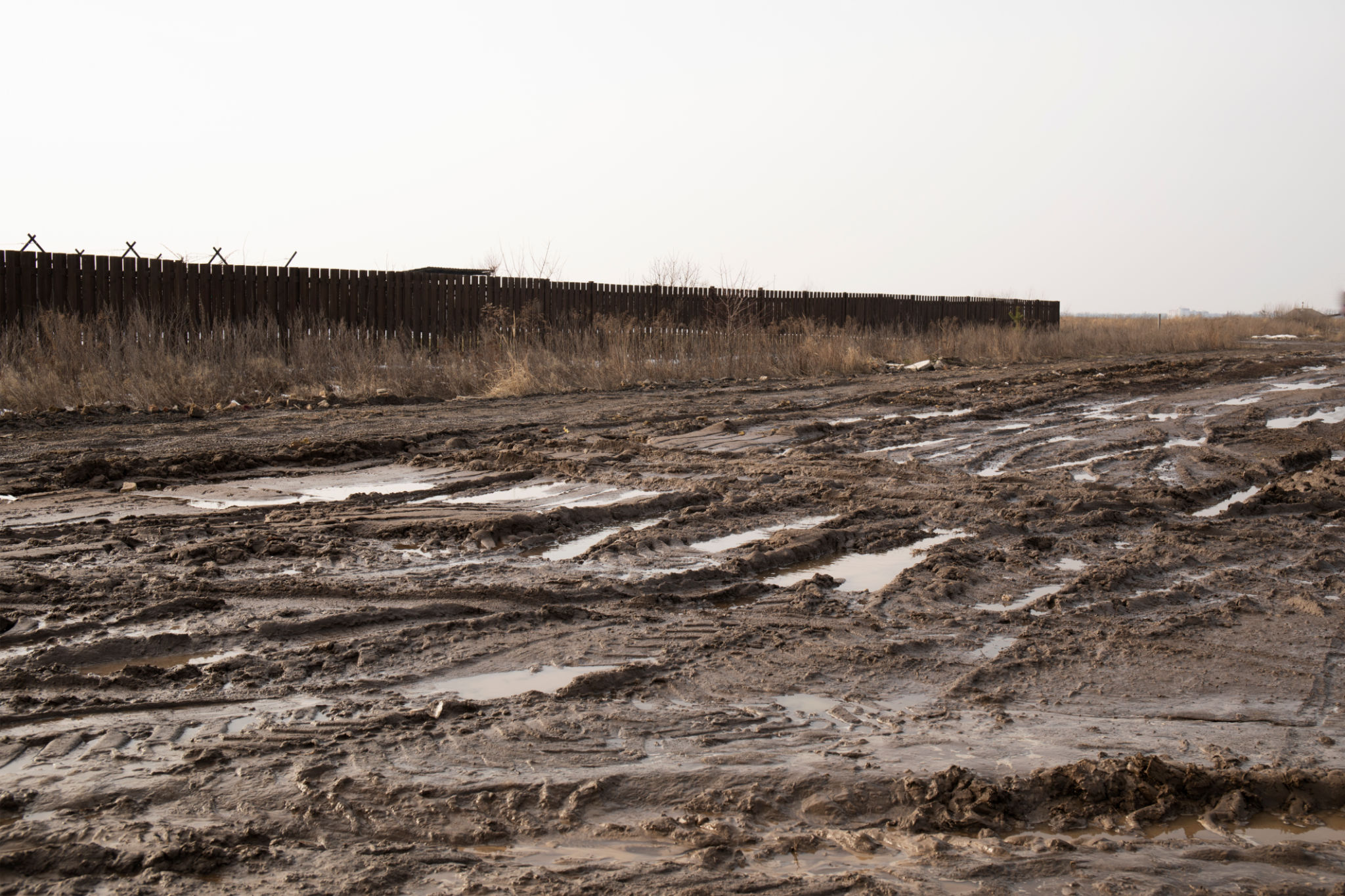How to Prepare for a Mud Run: Seasonal Training Tips and Tricks
Introduction to Mud Running
Participating in a mud run is an exhilarating way to challenge yourself both physically and mentally. These events combine running with obstacles, often set in muddy and rugged terrains. Preparing for such an event requires not just physical training but also strategic planning for the specific conditions you'll face. In this guide, we'll explore some seasonal training tips and tricks to help you get ready for the muddiest of challenges.

Building a Strong Foundation
Before diving into specialized training, it's crucial to build a solid fitness foundation. This involves a mix of cardiovascular exercises, strength training, and flexibility workouts. A well-rounded fitness regime enhances endurance, power, and agility, which are essential for overcoming various obstacles during a mud run.
To start, incorporate regular running sessions into your weekly routine. Aim for at least three runs per week, gradually increasing your distance and intensity over time. Additionally, focus on building core strength and stability through exercises like planks, squats, and lunges.
Seasonal Training Adjustments
The time of year can significantly impact your training approach. In warmer months, prioritize hydration and heat acclimatization. Train during the cooler parts of the day to avoid heat exhaustion. Conversely, during colder seasons, wear layers to maintain body warmth while allowing flexibility for movement.

Incorporating Obstacle Practice
Mud runs often include a variety of obstacles such as climbing walls, crawling under nets, and carrying heavy objects. To prepare, incorporate specific obstacle training into your routine. Seek out local obstacle courses or use gym equipment to simulate these challenges. Practicing these movements will boost your confidence and efficiency on race day.
Adapting to Muddy Conditions
Running in mud is vastly different from running on solid ground. It requires additional strength and agility. Practice running on trails or muddy paths to get accustomed to the uneven terrain. This will help improve your balance and strengthen the smaller muscles in your legs and feet.

Choosing the Right Gear
Your choice of gear can make a significant difference in your performance and comfort during a mud run. Invest in a pair of trail running shoes with good grip and drainage capabilities. Avoid cotton clothing as it absorbs moisture; opt for moisture-wicking fabrics instead.
Additionally, consider wearing gloves to protect your hands during obstacles and bring along a spare change of clothes for post-race comfort.
Nutritional Preparation
A well-balanced diet is vital for any athletic endeavor. Focus on consuming a mix of carbohydrates, proteins, and healthy fats to fuel your body. Stay hydrated by drinking plenty of water and electrolyte-rich fluids, especially as the event approaches.
Final Tips for Race Day
As race day nears, taper your training intensity to allow your body to recover. Get enough rest in the days leading up to the event. On the day itself, arrive early to familiarize yourself with the course layout and warm up properly before the start.
Remember to have fun and embrace the challenge. Mud runs are as much about camaraderie and personal achievement as they are about competition.